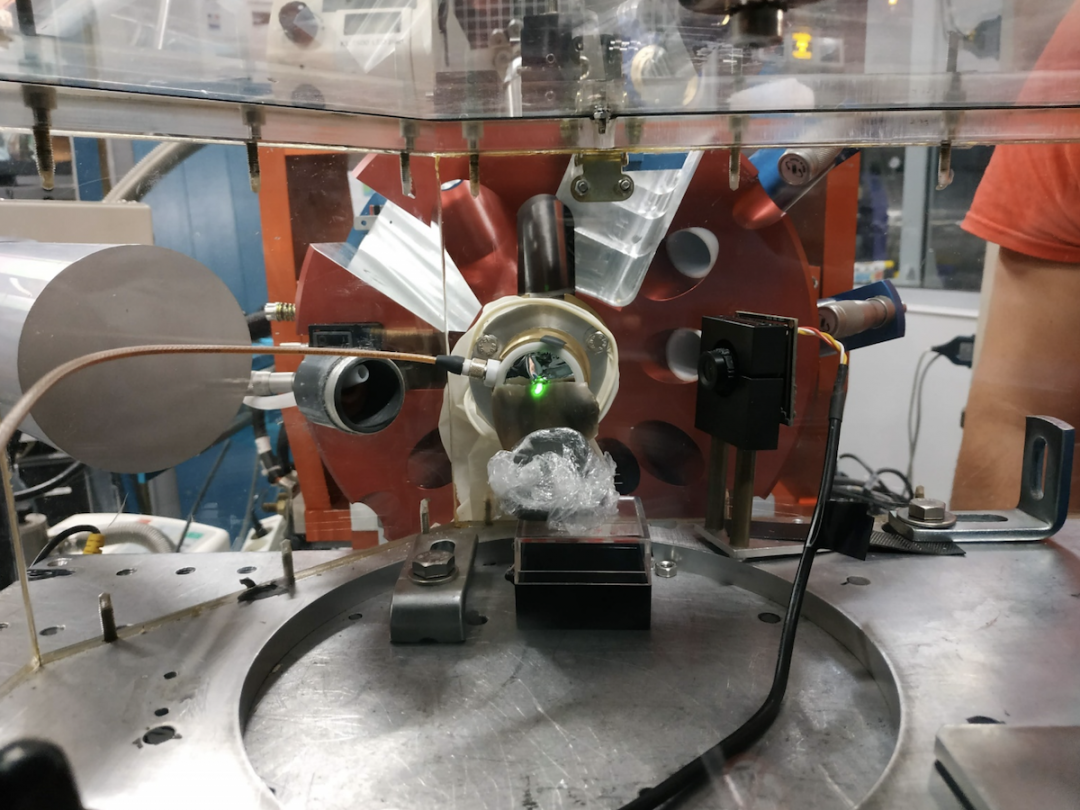User: Antony Borel
ORCID: https://orcid.org/0000-0002-6014-1863
Organisation: Eötvös Loránd University, Budapest
Technique requested: Particle Induced X-ray Emission (PIXE)
Facility: Grand Louvre Accelerator for Elemental Analysis (FR)
In Prehistory, the use micropolish analysis on stone tools has been the subject of numerous debates, sometimes questioning the reliability and reproducibility of the results. The main issue is that the processes of formation and the nature of the so called “polishes” are still not clear. The mechanisms of formation of these traces is however of prime importance to interpret them reliably. Different hypotheses implying mechanical and/or chemical phenomenon have been proposed. Nevertheless, studies intending to investigate this question provided contradictory results and the problem remains unclarified.
We propose here to tackle this question of processes of “polish” formation combining physicochemical analyses, element maps and high-resolution imaging for in depth observation of polish development during use and under different monitored conditions. Following this procedure, we will be able to verify if chemical elements from the worked material can be detected within the use micropolishes.
These would provide better understanding of the processes involved in “polish” formation and would allow us to set up better excavations and post-excavations protocols to avoid altering the archaeological traces. Knowing the composition and structure of the use “polishes” is also essential to optimize cleaning procedures and to develop relevant quantitative analyses and classification methods of surface alterations.

